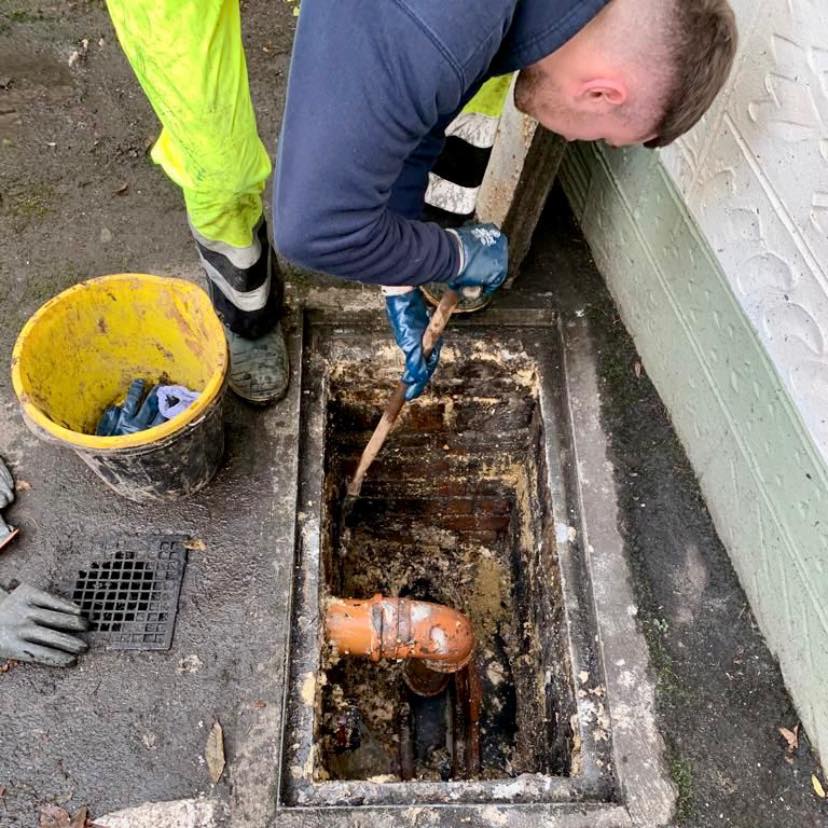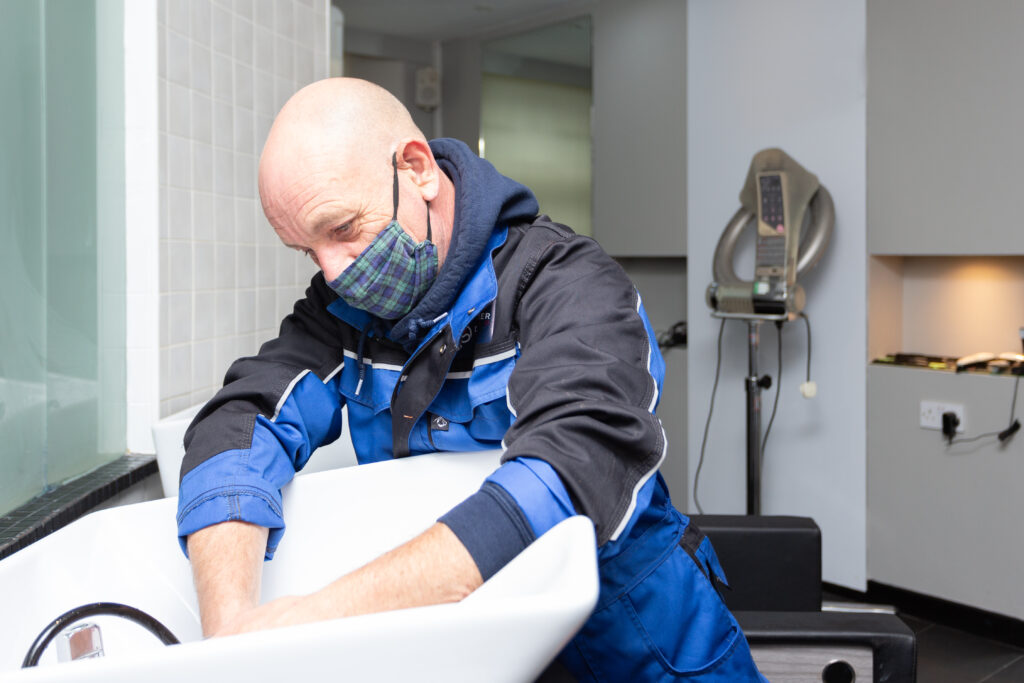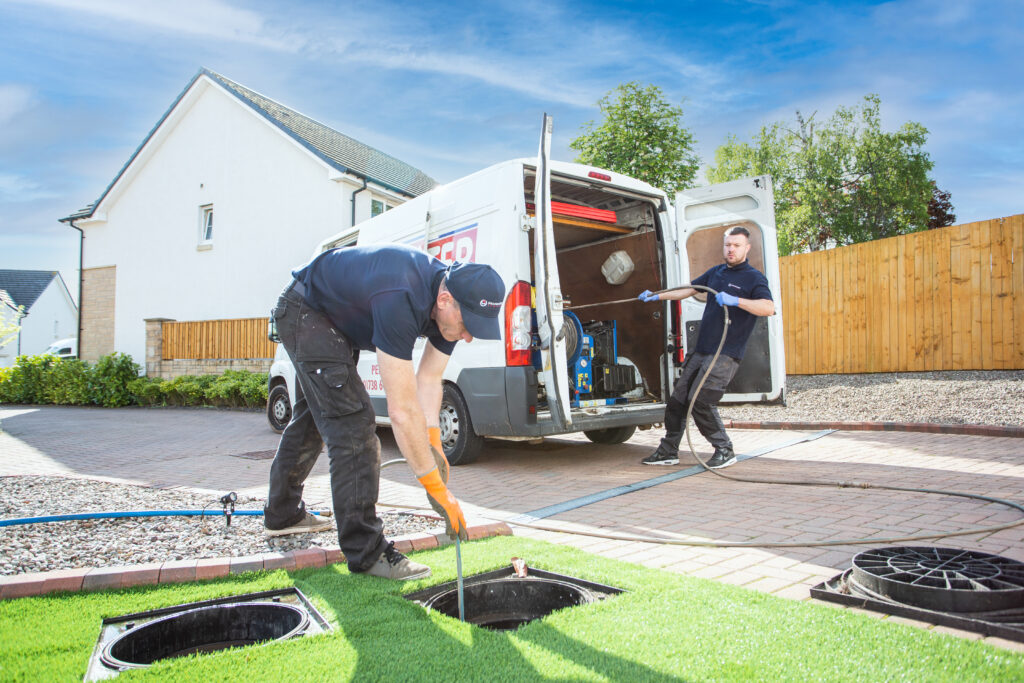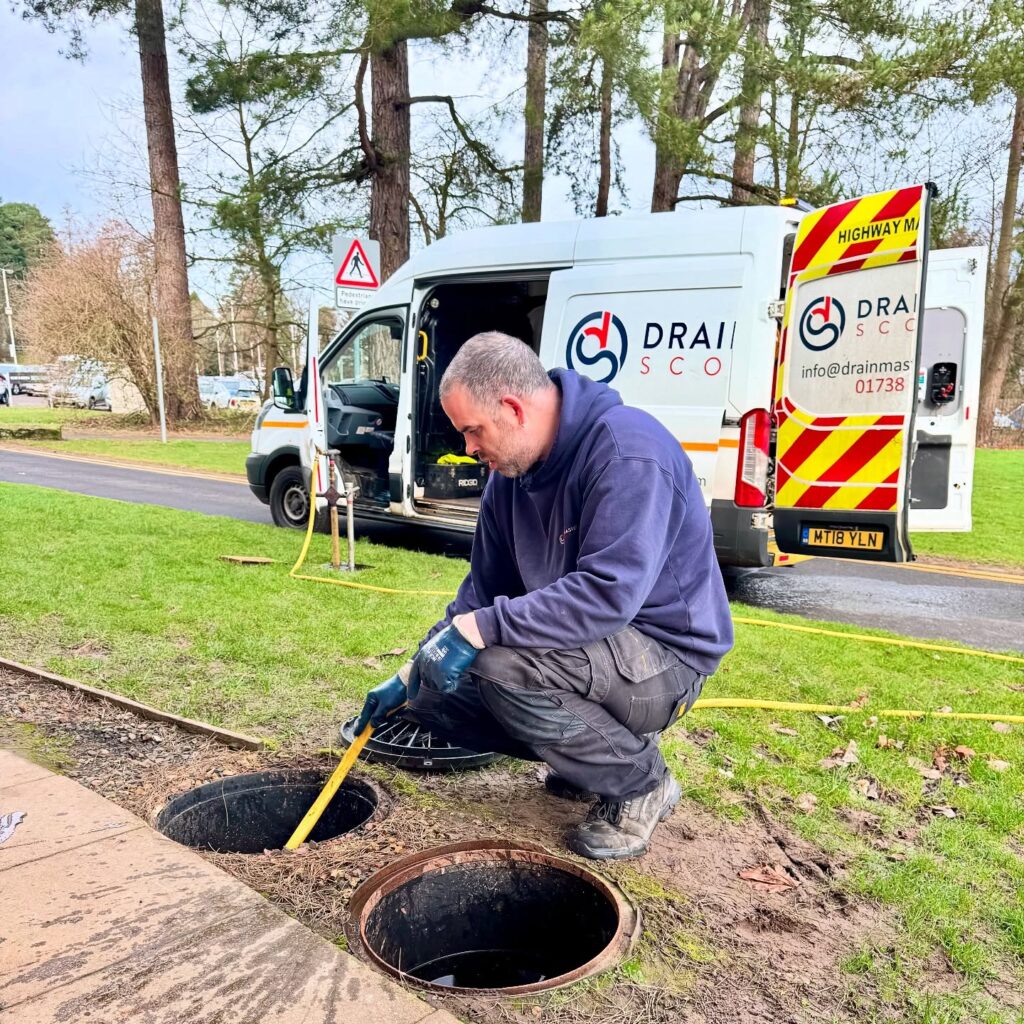Understanding Drain Collapses: Causes, Signs, and Repair Options
A collapsed drain is one of the most disruptive plumbing emergencies a property owner can face. From unpleasant smells to property damage, the consequences can be costly and unpleasant. This comprehensive guide explores everything you need to know about drain collapses—from common causes to warning signs, diagnostics, repair options, insurance implications and prevention tips. What is a Collapsed Drain? A collapsed drain occurs when a section of pipe becomes structurally compromised, preventing the free flow of wastewater. This typically involves physical deformation or breakage due to corrosion, intrusion, or ground movement. Once collapsed, the pipe can no longer carry waste effectively, resulting in slow drainage, blockages, or sewage back-up. Causes of Drain Collapse 1. Tree Root Ingress Tree roots naturally seek out moisture and can infiltrate pipe joints or cracks. Over time, they grow within the drain and eventually cause blockages or structural failure. 2. Ageing Pipework Older homes often use clay or cast-iron piping, which becomes brittle or corroded with age. This degradation makes the pipes more susceptible to cracking, shifting, or collapsing under pressure. 3. Ground Movement Soil shifting due to heavy rain, subsidence, construction, or nearby traffic vibrations can put pressure on underground drainage systems, leading to misalignment or collapse. 4. Heavy Blockages and Poor Maintenance Persistent blockages caused by grease, debris, or foreign objects can place excess stress on drain walls. Over time, this pressure can weaken the pipe structure, leading to collapse. 5. Substandard Installation or Materials If drainage systems were installed without adequate planning or used low-quality materials, structural integrity can degrade faster, increasing the risk of failure. Warning Signs of a Collapsed Drain 1. Recurring Drain Blockages If multiple attempts to clear a blockage fail or the problem keeps returning, it might indicate a collapsed section of pipe that prevents normal flow. 2. Foul Odours A strong, unpleasant smell of sewage around your property—particularly near sinks, drains, or outdoors—can signal that waste is pooling due to a blocked or collapsed drain. 3. Slow Drainage When water takes unusually long to clear from sinks, showers, or toilets—even after cleaning—it could suggest a collapse restricting flow. 4. Damp or Mould Patches Leaks from a broken or collapsed drainpipe can saturate nearby walls or flooring, leading to new damp patches, mould growth, or structural damage. 5. Rodent or Insect Infestations A compromised drain provides entry points for pests. An unexpected increase in rats or insects could be a red flag for a hidden drainage issue. 6. Subsidence or Sinkholes Soil washed away by leaking drains can cause the ground to sink or even collapse, damaging foundations and landscaping. Diagnosing a Collapsed Drain The most accurate way to diagnose a collapsed drain is through a CCTV drain survey. A small camera is inserted into the drainage system to provide real-time video of the interior. This allows drainage professionals to locate the fault and assess its severity without invasive digging. Repair Options for Collapsed Drains 1. Drain Relining For minor damage, a resin liner can be inserted into the existing pipe. Once cured, this forms a new pipe within the old one—restoring flow and integrity without excavation. 2. Patch Repairs Small, isolated breaks can be repaired using patches. This involves inserting a resin-soaked material that hardens in place to seal cracks or holes. 3. Excavation and Pipe Replacement Severely collapsed or misaligned drains may require excavation. Damaged pipes are removed and replaced with new sections, restoring full system functionality. This is the most disruptive but sometimes necessary option. 4. Pipe Bursting An advanced technique where a new pipe is pulled through the old one, simultaneously breaking apart the damaged pipe and installing the replacement. Ideal for long or inaccessible sections. Who Is Responsible for Repairs? Responsibility depends on the drain’s location. If it lies within your property boundary and serves only your home, you are typically responsible. However, if the pipe serves multiple properties or connects to public sewers outside your boundary, your water supplier may handle repairs. Insurance Considerations Some home insurance policies cover collapsed drains under accidental damage clauses. However, not all policies include this as standard. It’s wise to check your coverage details or consider specialist drainage cover if your property is older or has known issues. Costs of Repairing Collapsed Drains Costs vary widely depending on the method and extent of the damage. A CCTV survey may cost between £60 and £250. Minor patch repairs can start from £80, while full replacements can exceed £600 per metre. Comparing quotes from certified drainage experts is advisable. Preventing Drain Collapses 1. Regular Inspections Schedule periodic CCTV surveys, especially if your property is older or surrounded by trees. 2. Avoid Improper Disposal Never flush grease, wipes, or foreign objects down toilets or sinks. 3. Tree Management Monitor tree growth near drains and consider root barriers if necessary. 4. Maintain Guttering and External Drains Clear leaves and debris regularly to prevent water buildup that can cause pressure or soil shifting. Conclusion A collapsed drain is a serious issue, but with early detection and the right expertise, it can be resolved quickly and efficiently. Understanding the warning signs, being proactive with maintenance, and knowing your repair options can save time, money, and stress. If you suspect a problem, don’t delay—book a CCTV survey and consult with a professional to ensure your drainage system is in top condition. For expert support anywhere in Scotland, contact Drainmaster Scotland—the nation’s trusted specialists in drainage. From CCTV surveys to 24/7 repairs, our skilled team is ready to restore your drains quickly and effectively. Call today to get fast, professional help when you need it most.
Understanding Drain Collapses: Causes, Signs, and Repair Options Read More »





